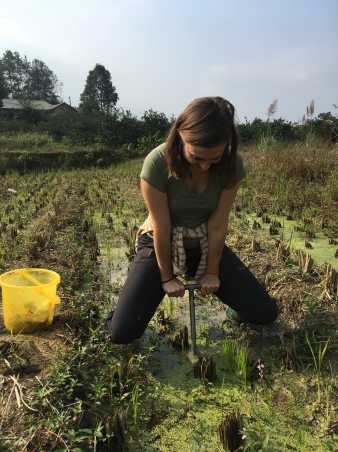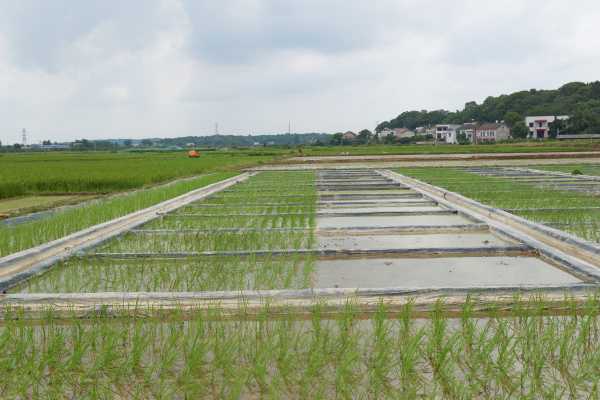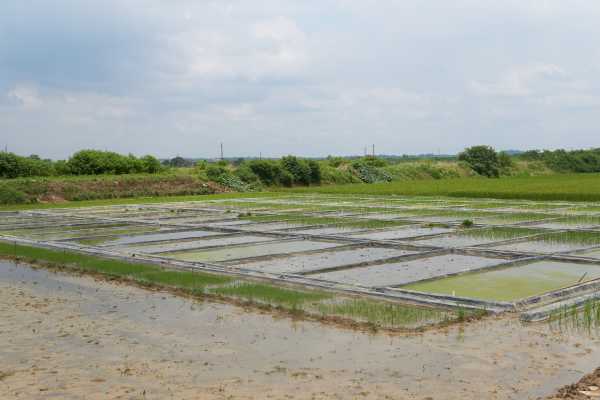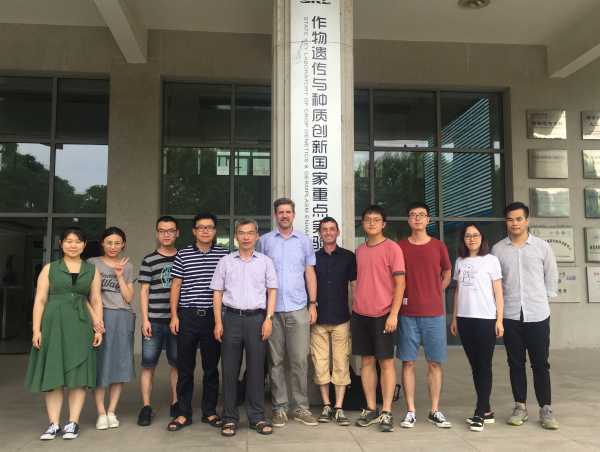Reducing Cd and As uptake by rice in contaminated paddy soils: From biogeochemical processes to improved paddy management
Funding: Sino-Swiss Science and Technology Cooperation (SSSTC) 2016 (1.8.2017 – 31.7.2020)
Project Team: Xu Fang, Kurt Barmettler, Christoph Höfer, Iso Christl, Ruben Kretzschmar
Collaborators: Fangjie Zhao, Peng Wang (Nanjing Agricultural University, China)
Rapid industrialization and urbanization in China over the last three decades, coupled with a lack of stringent environmental protection, has resulted in widespread soil contamination in China’s farmland. Cadmium (Cd) and arsenic (As) rank the first and the third, respectively, in the percentage of soil samples in the survey exceeding the China’s soil quality standard. Chronic intake of elevated levels of Cd and As poses considerable health risks to humans. The uptake of Cd and As by rice depends on a number of soil and plant factors, some of which can be influenced by paddy management. The goal of this interdisciplinary project are to (i) investigate the biogeochemical processes controlling the speciation, solubility and uptake of Cd and As by rice grown in contaminated paddy soils, (ii) study the influence of soil Mn on As and Cd bioavailability during flooding-drainage cycles and the role of Mn2+ in Cd uptake by rice, and (iii) explore new paddy management strategies to reduce both Cd and As uptake simultaneously. In the first project year, we will conduct a field survey collecting soils and rice plants at 30 sites in Hunan province of China to explore which soil parameters can be used to empirically predict Cd and As uptake by rice. The collected soils will also be used in soil incubation and pot experiments to study Cd and As mobilization and uptake under controlled environmental conditions. In the second and third project years, field trials will be conducted at two selected field sites, in which various paddy management strategies will be studied. Soil and plant parameters will be measured to explore the effects of liming, S fertilization, irrigation scheme, and Mn additions on soil biogeochemistry (e.g., pore water composition) and plant uptake of nutrients and the toxic trace elements Cd and As. The field trials will be complemented by soil micro- and mesocosm experiments in which soil redox dynamics and speciation of Cd and As can be followed in greater detail. This project will enhance our understanding of Cd and As biogeochemistry in paddy soils and, thereby, to the development of improved paddy management strategies for minimizing Cd and As uptake by rice grown in contaminated soils of China and other rice-growing regions.
Key Publications:
Xu, X., Chen, C., Wang, P., Kretzschmar, R., and Zhao, F.-J. (2017): Control of arsenic mobilization in paddy soils by manganese and iron oxides. Environ. Pol. 231:37-47. external page Link





